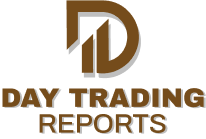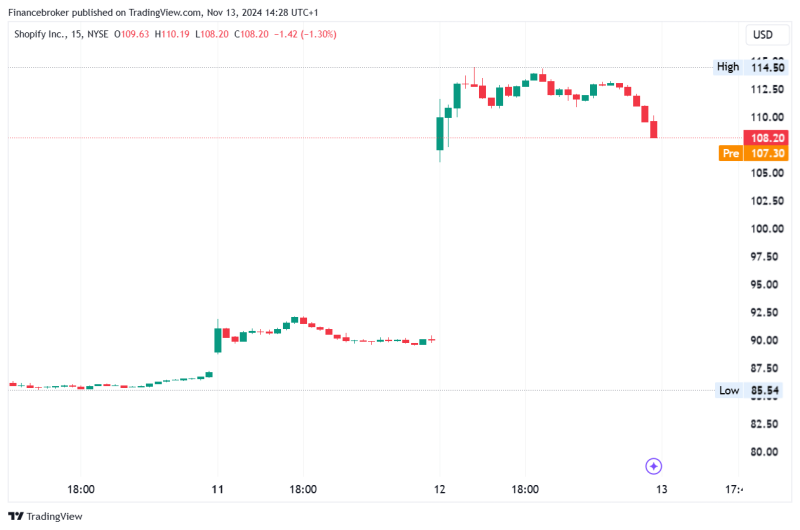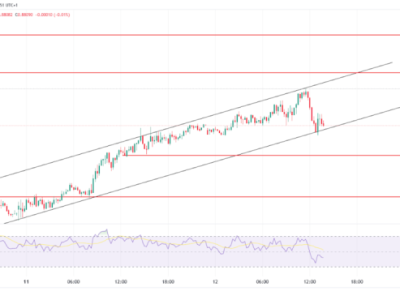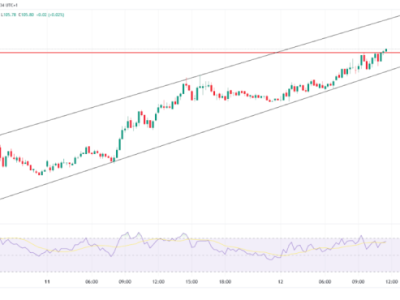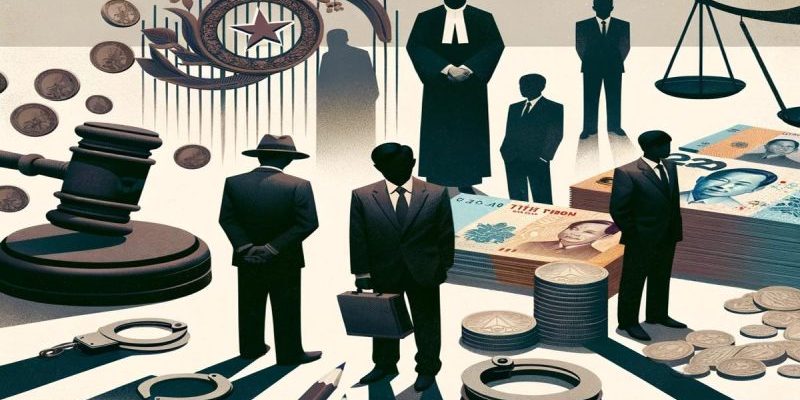
Truong My Lan’s $12bn Scandal in Vietnam: Is It the Fraud?
In a dramatic unfolding in Ho Chi Minh City, the trial of Truong My Lan, the high-profile chair of the Van Thinh Phat Group, has captured the attention of both the local and international community. The trial, which began on Tuesday, has become the centrepiece of Vietnam’s ongoing anti-corruption campaign, dubbed “Blazing Furnace.”
$12.3bn Scandal Shakes Vietnam’s Economy
Property developer Van Thinh Phat chairwoman Truong My Lan is accused of a staggering financial scandal involving the embezzlement of $12bn, with additional losses and implications that ripple through the fabric of Vietnam’s economy. If found guilty, Lan faces the severe potential punishment of a death sentence or imprisonment, a grim indicator of the gravity of the charges.
The numbers involved in this case are mind-boggling: $12.3 billion funnelled to Van Thinh Phat, representing nearly 3% of Vietnam’s GDP. Moreover, Saigon Joint Stock Commercial Bank (SCB) provided over $44 billion in loans. That amounts to 93% of the bank’s total loans. This colossal sum underscores not just the scale of the alleged embezzlement but also its profound impact on Vietnam’s financial sector.
85 Charged in Vietnam During Historic Corruption Trial
The trial involves a total of 85 individuals along with Lan. Among them are 15 officials from Vietnam’s central bank, highlighting the widespread nature of corruption. The legal proceedings have engaged nearly 200 lawyers, reflecting the complexity and significance of this case.
This scandal surfaces at a time when Vietnam’s economy showed growth of 5.05% in 2023, missing government targets. The anti-corruption drive, while necessary, has led to slower project approvals and jittery investor sentiment. It also raised questions about the balance between rigorous law enforcement and economic vitality.
The Intricate Web of Financial Manipulation
The case details are astonishing: Lan allegedly owned approximately 90% of SCB, and her group allegedly siphoned off $12.5 billion to shell companies. That resulted in $1.2 billion in losses for bondholders and at least one government official receiving $5.2 million in bribes. These numbers paint a picture of massive financial manipulation. It also hints at an intricate web of power, money, and influence.
Vietnam’s struggle against corruption is a sore point for its population. While the Blazing Furnace campaign has led to thousands of arrests, many people think that corruption is still rampant. Moreover, a significant portion of the populace seems tolerant of petty bribery. This tolerance is mirrored in sectors like land certification and medical services, where bribes have become almost a norm.
International Implications and Auditing Oversight
Comparing this scandal to Malaysia’s 1MDB, which involved around $4.5 billion, puts into perspective the sheer scale of financial fraud in Vietnam. Yet, it’s not just the amount but the response that will define Vietnam’s international standing and internal governance.
The duration and outcome of this trial, expected to last until the end of April, could set a precedent for future cases. It will signal Vietnam’s seriousness in its anti-corruption efforts.
The trial of Truong My Lan is more than a legal proceeding; it’s a moment of reckoning for Vietnam. As the case unfolds, it will not only decide the fate of Lan and her co-defendants but also shape the trajectory of Vietnam’s economic policies, international reputation, and moral compass.
The post Truong My Lan’s $12bn Scandal in Vietnam: Is It the Fraud? appeared first on FinanceBrokerage.
